
Employees work on a Coca-Cola production line in Shenyang, Liaoning province. (PHOTO BY ZHANG WENKUI/FOR CHINA DAILY)
With offline consumption picking up and gradually returning to normalcy in the Chinese market since the COVID-19 pandemic, first-quarter global sales of The Coca-Cola Company have also improved, brightening full-year prospects for the beverage giant.
First-quarter global revenue grew 5 percent year-on-year to $10.98 billion, generating a net profit of $3.11 billion, up 11 percent. The company did not release any China-specific data.
The company said it has demonstrated resilience in the marketplace despite an operating environment that remains dynamic.
In the Asia-Pacific, the recovery of the Chinese market has led to an increase in consumer activity, said James Quincey, chairman and CEO of The Coca-Cola Company.
"There was a rebound of consumption in Chinese New Year, which obviously fell in the first quarter, so we're certainly seeing the performance in China getting better and we've been focused on bringing back our marketing and increasing availability in some of the rural marketplaces."
On second-quarter expectations, he said, "We are cautiously optimistic on the rest of the year for China."
Global unit case volume grew 3 percent year-on-year in the first quarter. Volume performance was driven by strength in away-from-home channels and continued investments in the marketplace. Growth in developing and emerging markets was led by China, India and Brazil.
Asia-Pacific unit case volume grew 10 percent year-over-year. Growth was led by China, India and Australia.
In terms of categories, sparkling soft drink sales grew 3 percent year-on-year, led by strong performance in Asia-Pacific and Latin America. Trademark Coca-Cola grew 3 percent year-on-year, Coca-Cola Zero Sugar grew 8 percent. Sparkling flavors grew 3 percent year-on-year, driven by Asia-Pacific, Latin America and North America, partially offset by Europe, the Middle East and Africa.
Coffee grew 9 percent year-on-year, primarily driven by the strong performance of Costa Coffee in the United Kingdom and China.
Costa Coffee has three business sectors in China — on premise stores, ready-to-drink coffee and coffee service express. It has rolled out two new products: coconut-flavored coffee beverage and coconut-oolong light milk tea.
In the Chinese market, with the continuous recovery of the food and beverage industry, Coca-Cola China is accelerating its efforts for a bigger share of the catering sector that has recovered from the pandemic impact.
In April, the company planned to launch its "A Recipe for Magic "activities in China to bring Coca-Cola into scenarios like get-togethers. The beverage producer is expected to launch food and beverage festivals in Shanghai, Beijing and other first-tier cities. It is also developing set menus on the online delivery platforms to spur sales.
In addition, the company is reinforcing its position in the sparkling soft drink segment to drive business growth. Coca-Cola China is working with bottling partners to enhance supply chain investments and drive the optimization and upgrade of production capacity, to meet demand in different market segments.
Jason Yu, general manager of Kantar Worldpanel China, said sparkling beverages and coffee — the two categories believed to have brought emotional value to consumers during the pandemic — reported robust growth in the past three years, thanks to the strong at-home demand.
"The return of offline consumption occasions has resulted in the recovery of more away-from-home buying, particularly in the catering sector, a visible improvement for the sparkling beverage segment," said Yu.














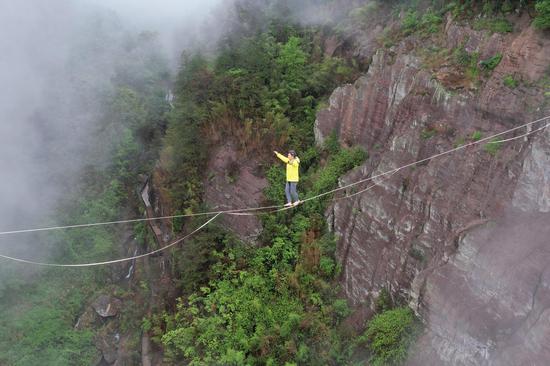


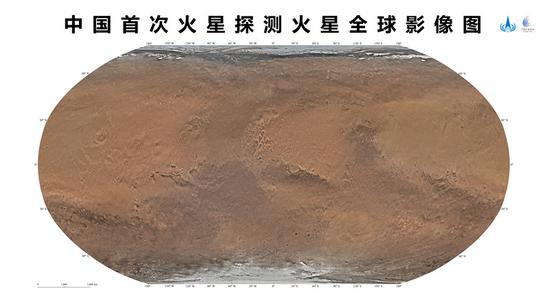

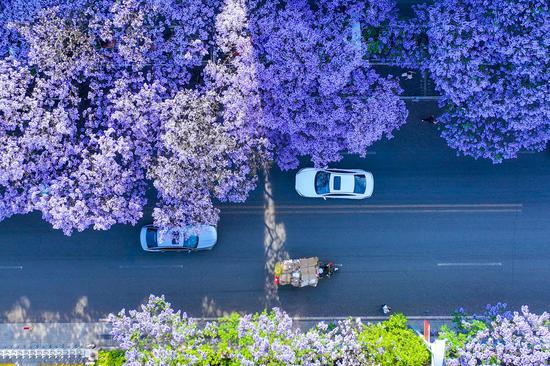

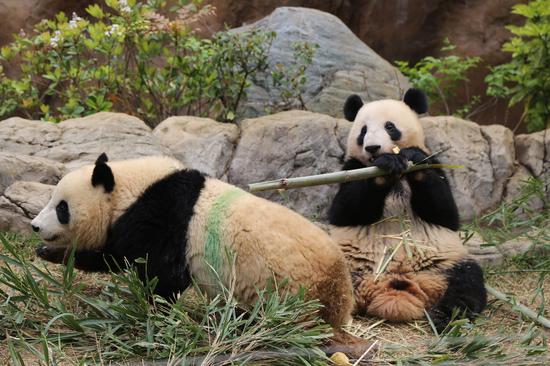
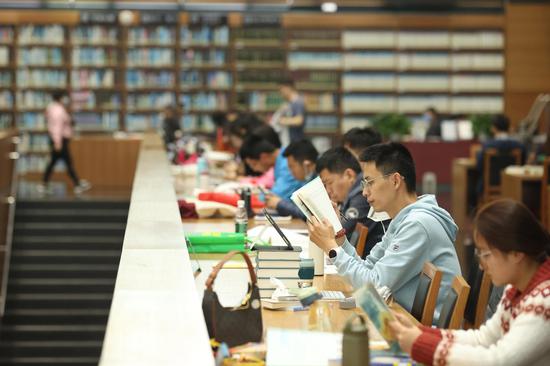


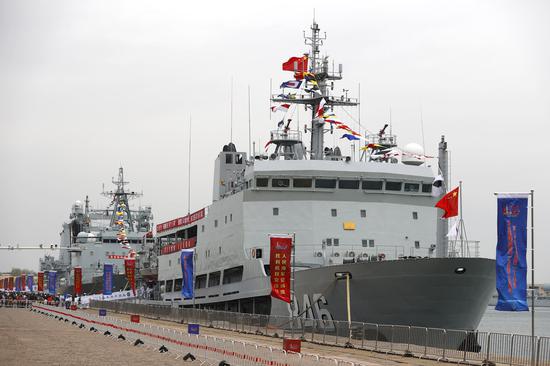

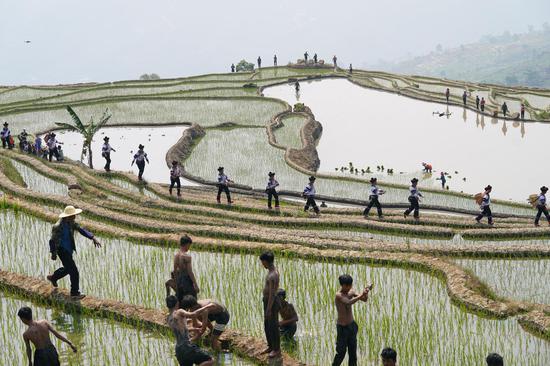





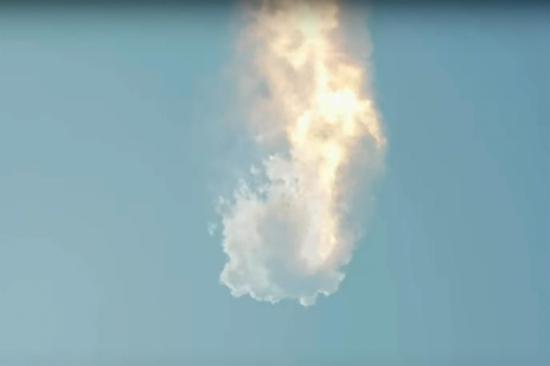


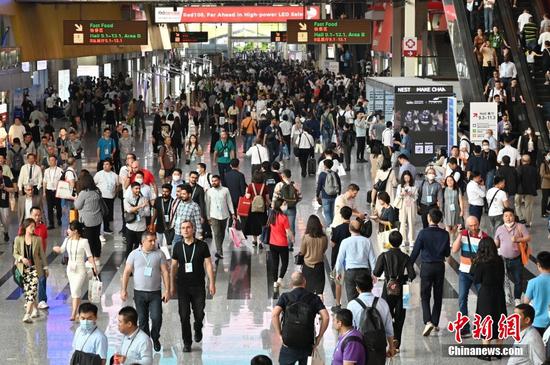
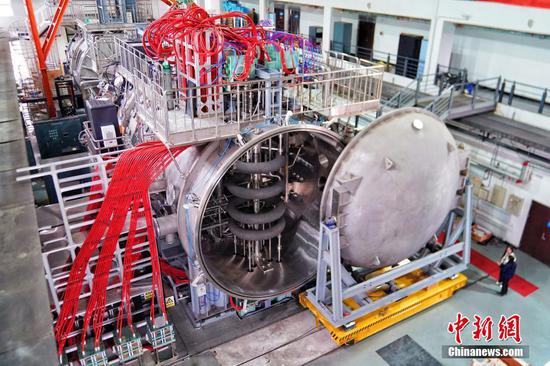
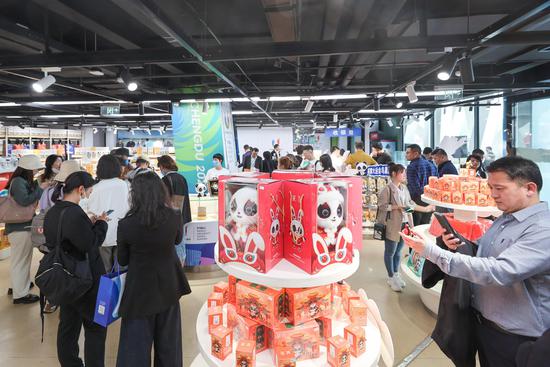



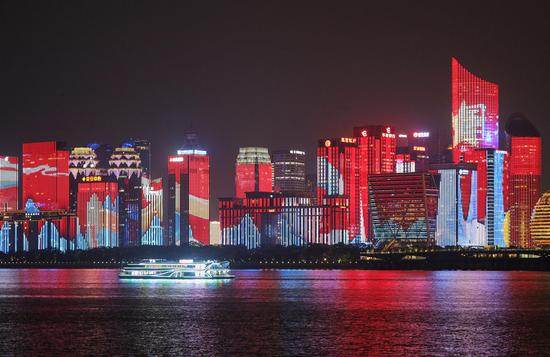
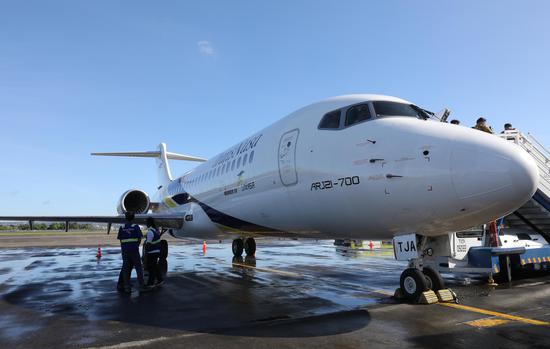
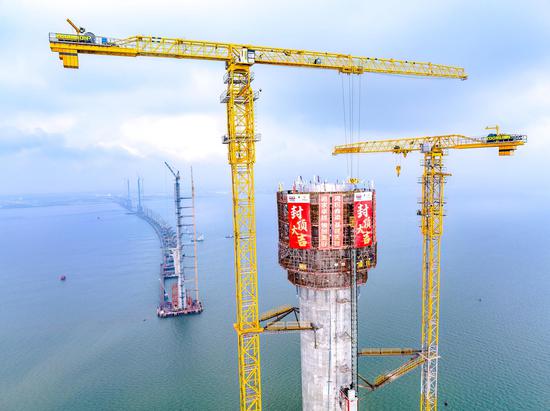

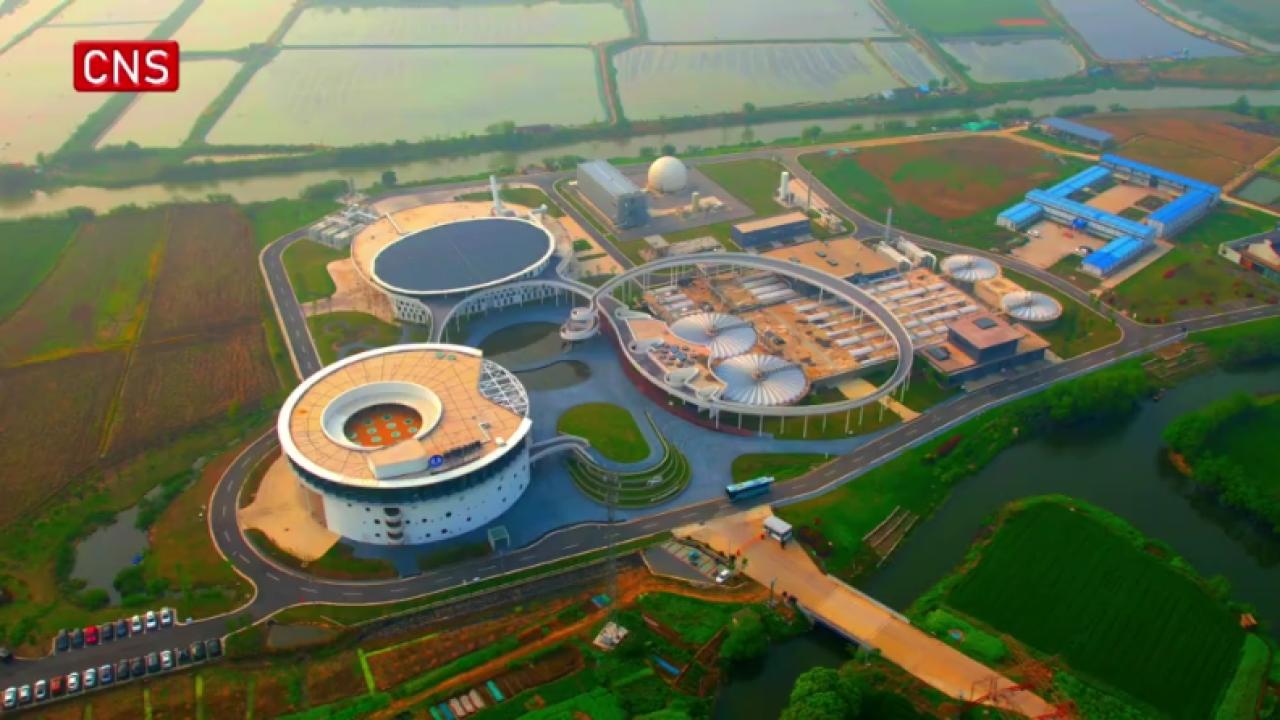

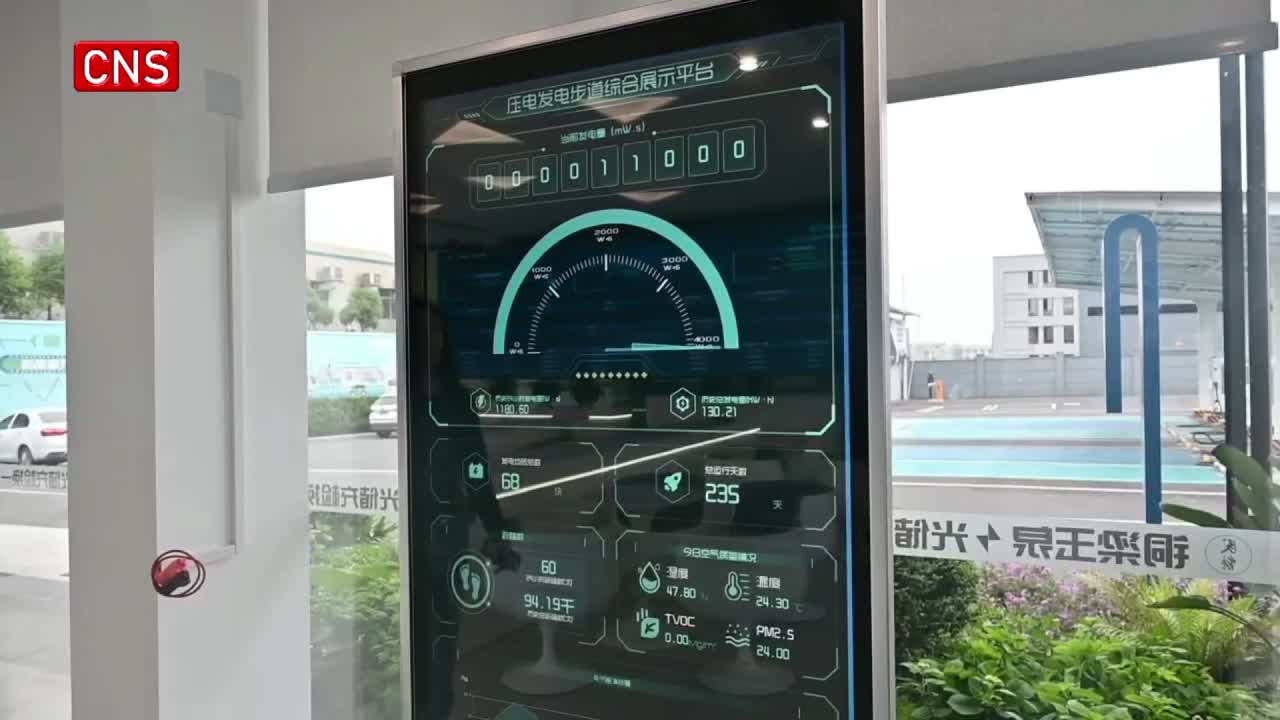

 京公网安备 11010202009201号
京公网安备 11010202009201号